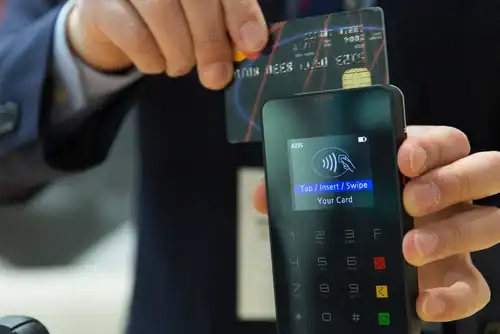What is a Restaurant Report?
A restaurant report is a thorough inspection of a restaurant's sales, profits, and growth. Detailed restaurant reports are needed to make vital business-related decisions.
Restaurant accounting
October 26, 2021
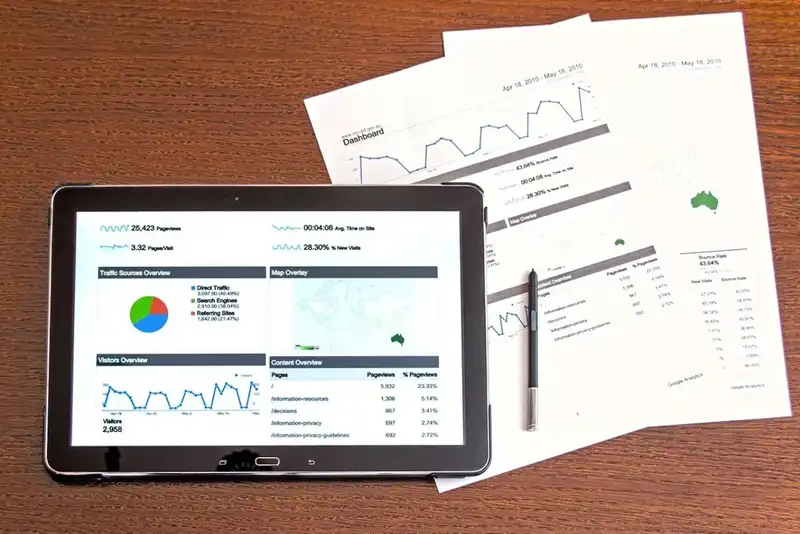
A restaurant report is a thorough inspection of a restaurant's sales, profits, and growth. Detailed restaurant reports are needed to make vital business-related decisions.
Restaurant reports are a great way to see how a restaurant is doing. They record growth-related data like sales, business, and staff management. The reports give a detailed understanding of your business and allow you to make important decisions wisely after studying the deep analysis.
Managing these reports, if done manually, can be a time-consuming task. But with the plethora of tools available these days, reports can be generated in a matter of seconds. These tools are available in the advanced POS systems which keep track of the community calendar on which the restaurants work.
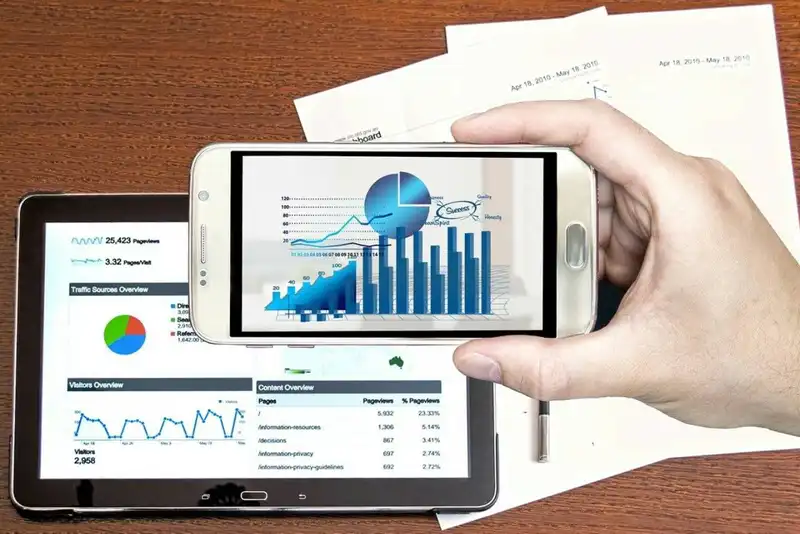
A restaurant report is an important part of any business. Restaurant reports help keep you on track of your menu, customer feedback, and marketing. But, what's the point of restaurant reports?
Restaurant reports are important for 2 reasons. First, they can provide you with an overview of the restaurant's Team Management and the overall performance. If the restaurant is doing well, this report will show that. If it's not, then this report will show that too.
Second, they can provide you with specific numbers. It's not always easy to tell what's going on with a restaurant just by looking at it. But, if the numbers make sense, then you can usually determine if it's worth your time or not. There are various types of restaurant reports and all have a specific role to play. Let us take a detailed look at the top 5 kinds of reports.

For most restaurant managers, analyzing sales data is a necessary evil. It's time consuming and often frustrating.
Restaurant owners are faced with a never-ending stream of data that they must interpret to make critical business decisions.
The flash report is like a daily report on the restaurant which provides a consolidated report for a single day's sales targets and business performance. This report can be accessed for either one or many locations. The key metrics in this report include the sales details, labor costs, discounts and loyalty gifts, etc.
The entire summary of the sales information flows in a systematic way through the report and is easy to read. This report works for Small Business restaurants that need a single snapshot of their daily sales and labor costs. Tracking the daily summary makes it easy for restaurant managers to make instantaneous adjustments and resolve issues that may impact profit margins in the long term.
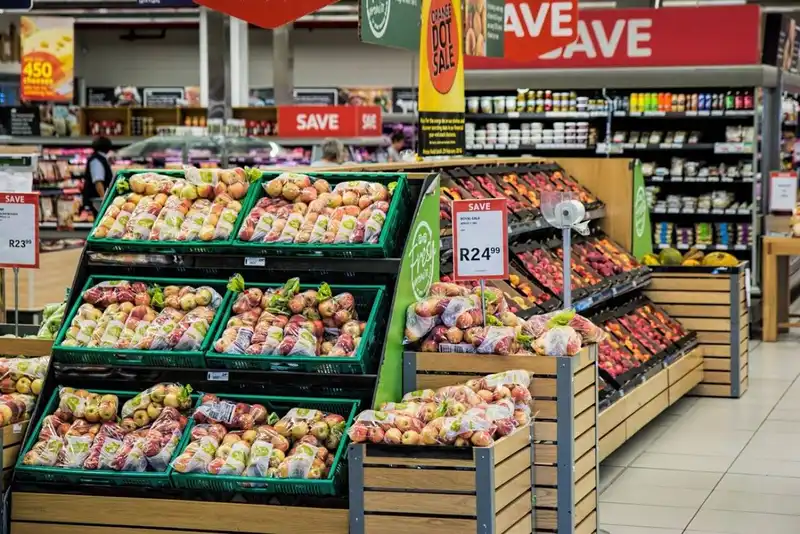
This kind of report is meant to track the items or products received at any specific place over a given time frame. The statistics can correspond against specific purchases or item categories. Pricing errors can be identified, making it easy to spot the vendors accountable for discrepancies. You can compare prices of various items across multiple locations and also examine modifications between 2 or more outlets. Running this kind of report every few days keeps track of pricing.
The labor actual v. scheduled report can be used to look at the roughly scheduled costs of labor and compare them with the actual costs. These reports are meant to give you a clear idea by incorporating all kinds of expenses so that you can make adjustments if necessary. The report also helps you to understand the discrepancy in labor because it is a major cost in operations. If you analyze the labor forecast successfully then you will be able to increase profits as well.

As a restaurant owner, you have a lot of different things to keep track of.
With so many reports out there, it can be hard to know which ones are the most important.
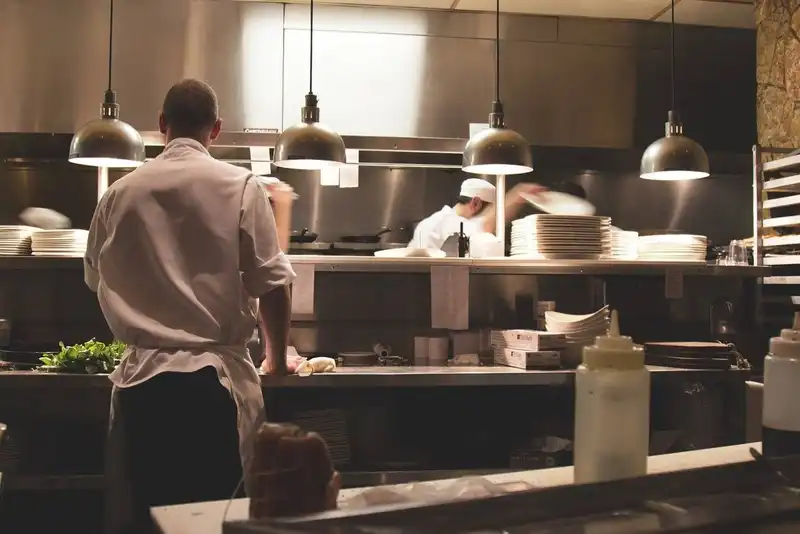
The actual v. theoretical analysis offers a deeper insight into the number of items available in your menu or inventory. The report includes details like real usage, estimated usage, wastage, adjustments, unsolved adjustments, and efficacy percentage along with this information as a fraction of sales done at the restaurant. When you have both real and theoretical facts before you in terms of costs and percentage, you will be able to analyze the gap between your plan and actions. Having a clear and detailed report of the purchase analysis can enable you to facilitate the productivity of your business and perform Inventory Management more effectively. You can identify the loopholes and control costs of ingredients to increase profits.
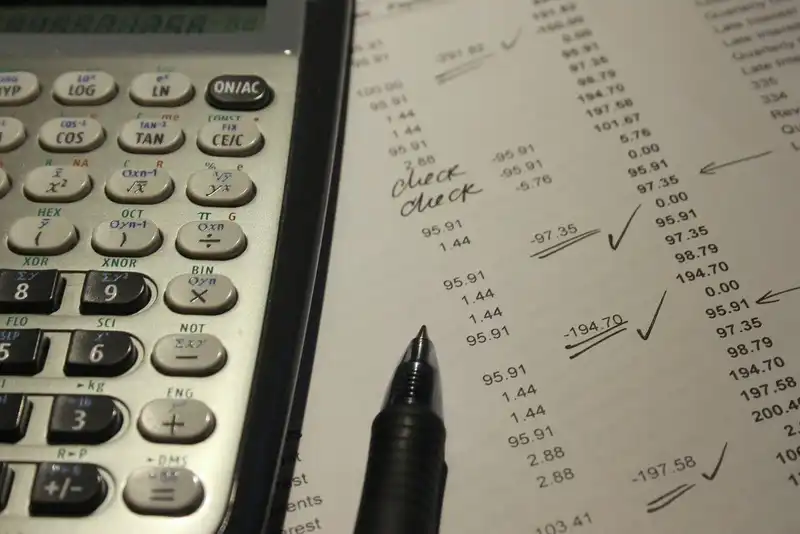
The menu item analysis keeps track of the cost and selling price along with the profit margin for every item sold and purchased. This report tells you which step to take after a thorough analysis Using Data of the sales metrics. You can also read the profitability of every product and rank it against all others to further categorize them. You can put the menu items in defined categories as per their popularity like star, premium, medium opportunity, etc. These category labels provide suggestive titles for the staff to understand the specific menu items. Further by accepting how to work promotions and adjusting prices, you will be able to take wise decisions to grow your profit.
The report card is a means to empower restaurants and small businesses to use the traceable data that gets collected each day. Practical restaurant owners leverage such reports and their data to take wise growth-related decisions to study the bigger picture of the business they own. Such analysis can be automated using some tools built-in with the POS systems used to track inventory, manage payments and record sales.
A fully digitized analytics report system can ease your operations and help in restaurant management. Altametric's software incorporates tools like accounting and operations in a single cloud-based platform. This can be integrated with the POS system used by you, the vendors hired for food and beverages, the payroll providing companies and the banks as well.

Restaurant owners and managers need data to make informed decisions, but that data can be difficult to find.
Finding the right information can be a time-consuming process.
Restaurant operations are the process of running a restaurant. It can be broken down into several components including serving, housekeeping, food preparation, and food delivery. The operations of a restaurant are essential to the success of the restaurant.
The number of servers needed at any given time at a restaurant depends on how busy it is. Restaurant owners have to anticipate the number of customers they will have at any given time, and plan accordingly. One of the most important factors in determining staffing needs is the restaurant's menu. The more complicated the menu, the more servers are needed. Many restaurants use a point of sale system to determine staffing needs.
The restaurant report is a document that summarizes the sales and performance of a restaurant. It is used to document the food, atmosphere, service, and other aspects of the restaurant in order to make wise decisions to increase profit margins.
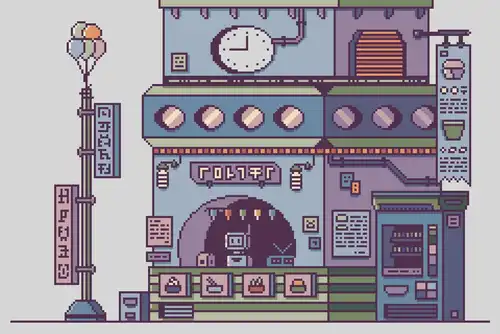
2023-02-23
Read More